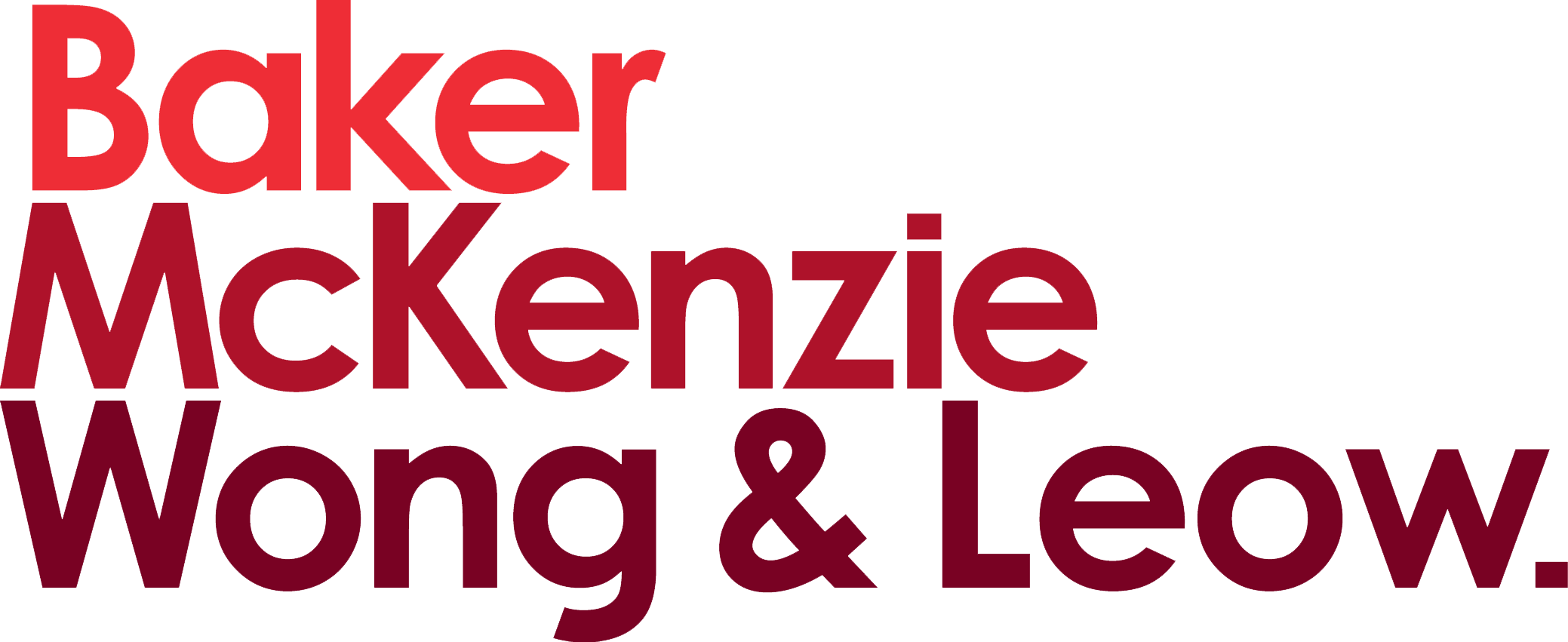In brief
On 2 May 2023, the Health Sciences Authority (HSA) released a draft update to its guidance document on the risk classification of in vitro diagnostic (IVD) medical devices.
The key updates include clarification notes on the classification of control materials and software, and clarifications on several risk classification rules.
In more detail
Background
On 2 May 2023, a draft update to the HSA’s guidance document, “GN-14: Guidance on the Risk Classification of In Vitro Diagnostic Medical Devices”, was published by the medical devices cluster of the HSA.
GN-14 is a guidance document that sets out the principles and rules that are to be used to determine the risk classification of IVD medical devices. Generally, the risk presented by an IVD medical device depends substantially on its intended purpose; the effectiveness of risk management techniques applied during the design, manufacture and use of the IVD medical device; its intended user(s); and its mode of operation and/or technologies.
GN-14 was last revised on 1 June 2018. Further revisions are expected to be implemented in June 2023.
Key proposed updates
The key proposed updates to the guidance document include notes on the classification of control materials and software:
- First, the definition of “standalone software” has been inserted in the draft guidance document, namely, that “standalone software” means a “software and/or mobile application that is intended to function by itself and not intended for use to control or affect the operation of other hardware medical devices”.
- Second, the factors influencing device classification of control materials have been updated. Previously, standalone control materials with quantitative or qualitative assigned values intended for one specific analyte or multiple analytes were to be placed in the same class as IVD reagents. In the draft guidance document, control materials with quantitative or qualitative assigned values intended for one specific analyte or multiple analytes are to be placed in the same class as the IVD reagents regardless of whether they are standalone.
- Third, the rules governing software embedded into medical devices and the rules governing standalone software have been clarified:
- Where software is embedded into the IVD medical device, it will have the same class as the IVD medical device.
- Standalone software, i.e., software that is not incorporated or embedded into the medical device itself, will be classified in its own right using the classification rules set out in the guidance document.
The key proposed updates to the guidance document also contain revisions to the risk classification rules, including the following:
- Class D IVD medical devices include devices intended to be used to detect not only the presence of, or exposure to, blood, blood components, blood derivates, cells, tissues or organs, but also any of their derivatives.
- Class D IVD medical devices include devices intended not only for the purpose of assessing suitability for transfusion or transplantation, but also for the purpose of assessing suitability for cell administration.
- Class D IVD medical devices include devices intended to be used to detect the presence of, or exposure to, a transmissible agent that causes a life-threatening, often incurable, disease with a suspected high risk of propagation.
- Class C IVD medical devices include devices intended for use in detecting infectious agents where there is a significant risk that an erroneous result would cause death or severe disability, not only to the individual and foetus but also to the embryo and the individual’s offspring.
- Further guidance has been provided for IVD medical devices intended for near-patient testing, where such devices would be classified as Class C except for devices from which the result is not determining a medically critical status, or is preliminary and requires follow-up with the appropriate laboratory test, in which case they would be Class B.
- Class A IVD medical devices include products for general use in a clinical laboratory, or accessories which possess no critical characteristics, intended by the product owner to make them suitable for IVD procedures related to a specific examination (e.g., buffer solutions, washing solutions, general culture media and histological stains).
- Further examples of IVD medical devices that fall under each risk class have also been provided.
* * * * *
In line with the HSA’s updates to its regulatory guidelines for software medical devices and the government’s announcement on the proposed cybersecurity labelling scheme for medical devices, the HSA’s latest revisions (which take into account software medical devices) illustrate regulators’ increasing scrutiny of the use of software medical devices and of developments in the MedTech industry.
For further information and to discuss what this development might mean for you, please get in touch with your usual Baker McKenzie contact.
* * * * *

© 2023 Baker & McKenzie.Wong & Leow. All rights reserved. Baker & McKenzie.Wong & Leow is incorporated with limited liability and is a member firm of Baker & McKenzie International, a global law firm with member law firms around the world. In accordance with the common terminology used in professional service organizations, reference to a “principal” means a person who is a partner, or equivalent, in such a law firm. Similarly, reference to an “office” means an office of any such law firm. This may qualify as “Attorney Advertising” requiring notice in some jurisdictions. Prior results do not guarantee a similar outcome.



